leading on from mrt post about the Telegraph doing a mini seris on photography advice I thought we could make our own by posting tips that we have seen or used etc.
would be good if tips are kept on tek rather than just a link
(none of photos below are mine, most are clicky to original location)
Rule of thirdsAs our eyes like space to move placing an object away from the middle can greatly improve a photo, if you can imagine a tic-tac-toe grid over the image and place on one of the lines, this is the Rule of thirds (Rot)
Centered Vs Rule of thirds


Same applies to the horizon, if its a 50-50 line across the frame it can make photos look bland fill placing the division 1/3 or 2/3 gives a more natural look
Go lo, or High for a new viewWe all see the world from with in about one and a half foot of each other due to eye level, so we tend to think of it as mundane, puting the camera low or high changes a view you are used to into a new scene
Standad Vs Low Level

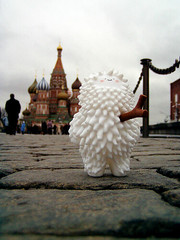 Leading lines
Leading linesI leading line can take you into the frame, make you look at a object,
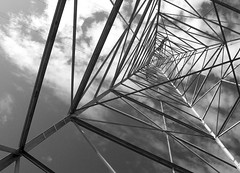
in the above notice that your eye is drawn up the frame, or along the wires to the top of the pylon (note the top is a rule of thirds point)
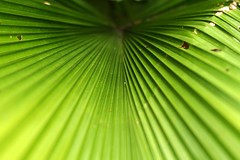
not only drawing water, it draws the eye
Too much in or, no Focal objectPhotos should try to have a single object to look at making one thing the main attention of a photo can help it look far better
looking at the train or the people?

almost no question here though
 Danger in Red
Danger in RedDue to the way our eyes see red, red can be a very strong element of a photo. Our eyes have to re-focus to see a red object, this is subliminal.
When a strong red object is in a photo it will draw the eye, this can be used to emphasize a point, like in schindlers list, but if it can be a distraction
do your eye drift to the side?

Combination of Red and a leading line.
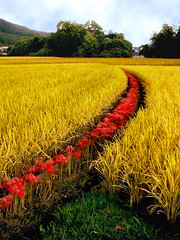
Notice in the third picture the gravity the red fence and girls pants have compared to the tree or the man in front of the blue door
 Leaky Pictures
Leaky Picturescheck you horizon is level, even one or two degrees out can make water look like its about to poor out the side of your screen
Nice and Level at loch lomand
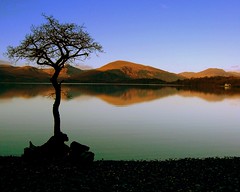
DSE Falls

please add any tips you can think of too